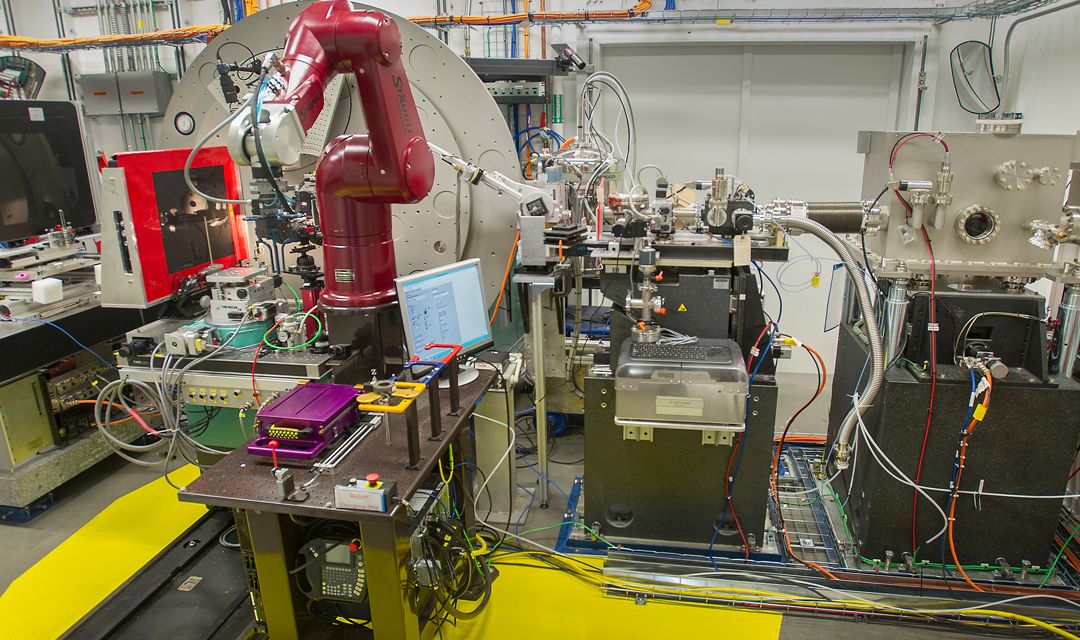Microwaving new materials
26. 8. 2020 | Carnegie Mellon University | www.cmu.edu
Microwave ovens are the mainstay of cooking appliances in our homes. Five years ago, when Reeja Jayan was a new professor at Carnegie Mellon University, she was intrigued by the idea of using microwaves to grow materials. She and other researchers had shown that microwave radiation enabled temperature crystallization and growth of ceramic oxides. Exactly how microwaves did this was not well understood, and this mystery inspired Jayan to reengineer a $30 microwave oven so she could investigate the dynamics effects of microwave radiation on the growth of materials.
Today, Jayan, who is now an associate professor of mechanical engineering, has made a breakthrough in our understanding of how microwaves affect materials chemistry. She and her student Nathan Nakamura exposed tin oxide (a ceramic) to 2.45 GHz microwave radiation and figured out how to monitor (in situ) atomic structural changes as they occurred.

Unlike prior studies, which suffered from the inability to monitor structural changes while the microwaves were applied, Jayan developed novel tools (a custom-designed microwave reactor enabling in-situ synchrotron x-ray scattering) for studying these dynamic, field-driven changes in local atomic structure as they happen. By revealing the dynamics of how microwaves affect specific chemical bonds during the synthesis, Jayan is laying the groundwork for tailor-made ceramic materials with new electronic, thermal, and mechanical properties.
Read more at Carnegie Mellon University
Image Credit: US Department of Energy Brookhaven National Laboratory
-jk-




